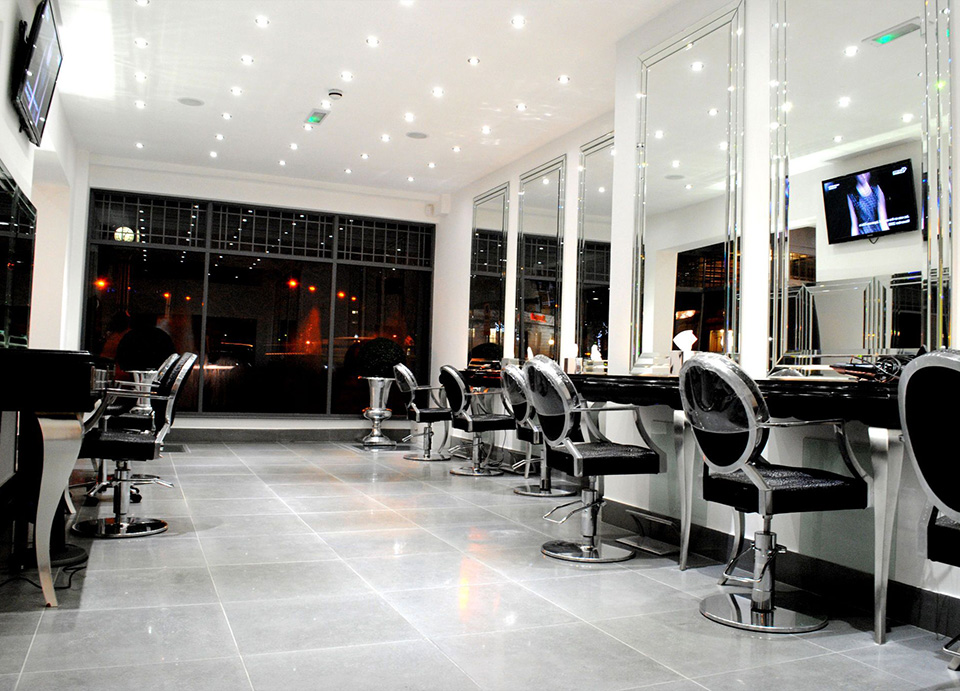New Guidance for hair and beauty businesses during the COVID-19 pandemic (15 August 2020).
Read the full guidance at https://www.businesscompanion.info/focus/coronavirus-covid-19/hair-and-beauty
The hair and beauty sector involves workplaces, salons and activities that bring people in very close proximity to one another, often in the head or face area (referred to as the ‘highest risk zone’ in the Government’s guidance). These activities present the most difficult challenges when it comes to minimising the spread of COVID-19 and operating safely. The sometimes unpredictable nature of clients’ behaviour adds to the challenge.
What is the ‘highest risk zone’?
The area in front of the face where splashes and droplets from the nose and mouth may be present, which can pose a hazard. The greatest risk of transmission of the virus is nearest this zone. See definition of ‘highest risk zone’ here: https://www.gov.uk/guidance/working-safely-during-coronavirus-covid-19/close-contact-services#close-contact-appendix
Returning to the workplace
Talk to your workers before they return to work – they may have concerns. Help them understand the new measures in place to make the workplace COVID secure; this will help to reassure them. This is especially important for those who are clinically extremely vulnerable https://www.gov.uk/guidance/working-safely-during-coronavirus-covid-19/close-contact-services#close-contact-appendix
Be mindful of those workers who are at a higher risk of infection and consider this as part of your risk assessment. This includes:
- Older males
- Those with a high Body Mass Index
- Have diabetes
- Are from some Black, Asian or minority ethnic (BAME) backgrounds.
See this Public Health England report for more details:
https://www.gov.uk/government/publications/covid-19-review-of-disparities-in-risks-and-outcomes and s.3 of the Government’s guidance. No-one should be forced to work in an unsafe workplace.
Health and safety and risk assessment
Health and safety law requires employers to protect people from harm. This means considering all risks posed to workers, clients and anyone else who might be affected and to minimise those risks to the lowest level they can be. The rules have been in place for many years.
| If you have five or more employees you must keep a written record of your risk assessments, including your coronavirus risk assessment for COVID-19 risk assessment and involve them in its creation. If you have under five staff, it’s still good practice to have a written record of your risk assessments and share them with your employees. |
In a salon environment, this is a considerable challenge even in non-COVID times, given the breadth of things you should consider. But the task of assessing the risks isn’t usually as daunting as it seems. There are a lot of good quality free templates and resources available these days and this Bulletin will point you to them.
As a responsible business, your risk assessment will already have considered a multitude of things, including the use of chemicals (in dyes for lashes and hair), glues (for nails), machinery and equipment (for treatments) but also things like using cleaning products without damaging skin, or how to safely store products so as not to cause a tripping hazard or whether the lighting for a staircase is bright enough to prevent a tumble, for example.
The NHBF provides templates for risk assessments appropriate in a salon environment: https://www.nhbf.co.uk/nhf-shop/?p=2&type=113
The Chartered Institute of Environmental Health also provides a guide to assist salons and spas as they reopen: https://www.cieh.org/media/4309/salons-reopening-guidance-covid-19.pdf
The Health and Safety Executive has lots of good advice on risk assessment too: https://www.hse.gov.uk/coronavirus/working-safely/risk-assessment.htm
From time to time you may be inspected by Environmental Health Officers from your local authority (local council). These are highly trained professionals whose job it is to check that you’re complying with the health and safety and licensing requirements applicable to your premises, keeping everyone safe. They will give you advice and may signpost you to templates and sources of information to help you. They work closely with the Health and Safety Executive.
Local councils’ websites are often a source of helpful and free information on many topics, usually tailored for a local audience too.
You can find your local authority here: https://www.gov.uk/find-local-council
Enforcement is always a last resort and only usually used for persistent offenders, or those who have the most blatant disregard for the rules or when things go very wrong. Enforcement can mean the service of notices requiring steps to be taken and can also lead to significant fines or imprisonment.

